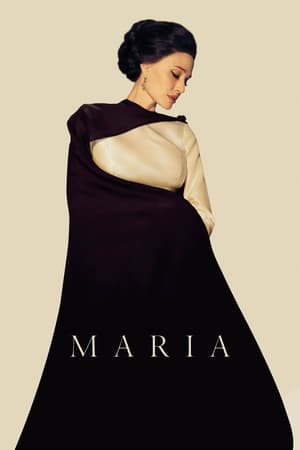
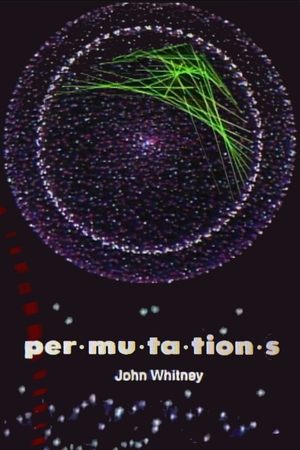
Permutations(1968)
An experimental short film by John Whitney Sr. which combines animated shapes and colors; Computer graphics as dynamic, swirling art. Preserved by the Academy Film Archive in 2014.
Movie: Permutations

Permutations
HomePage
Overview
An experimental short film by John Whitney Sr. which combines animated shapes and colors; Computer graphics as dynamic, swirling art. Preserved by the Academy Film Archive in 2014.
Release Date
1968-12-21
Average
6
Rating:
3.0 startsTagline
Genres
Languages:
No LanguageKeywords
Recommendations Movies
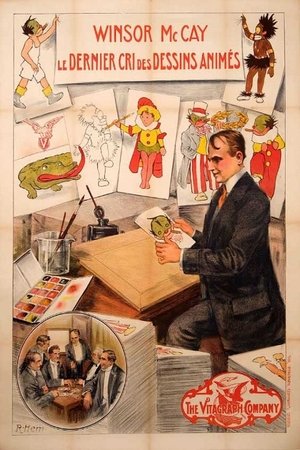 6.3
6.3Little Nemo(en)
Cartoon figures announce, via comic strip balloons, that they will move - and move they do, in a wildly exaggerated style. Also known as "Winsor McCay, the Famous Cartoonist of the N.Y. Herald and His Moving Comics".
Lapis(en)
James Whitney’s Lapis (1966) is a classic work of abstract cinema, a 10-minute animation that took three years to create using primitive computer equipment. In this piece smaller circles oscillate in and out in an array of colors resembling a kaleidoscope while being accompanied with Indian sitar music. The patterns become hypnotic and trance inducing. This work clearly correlates the auditory and the visual and is a wonderful example of the concept of synaesthesia.
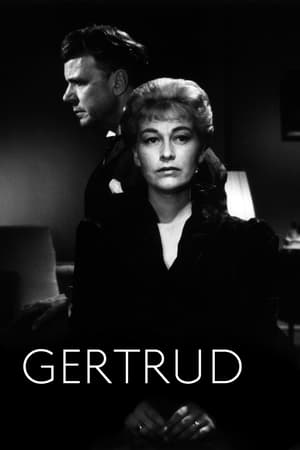 7.2
7.2Gertrud(da)
Hopeless romantic Gertrud inhabits a turn-of-the-century milieu of artists and musicians, where she pursues an idealized notion of love that will always elude her. She abandons her distinguished husband and embraces an affair with a young concert pianist, who falls short of her desire for lasting affection. When an old lover returns to her life, fresh disappointments follow, and Gertrud must try to come to terms with reality.
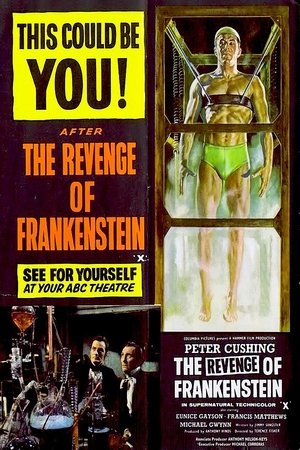 6.6
6.6The Revenge of Frankenstein(en)
Rescued from the guillotine by his devoted dwarf Fritz, the Baron relocates to Carlsbruck, where he continues his gruesome experiments.
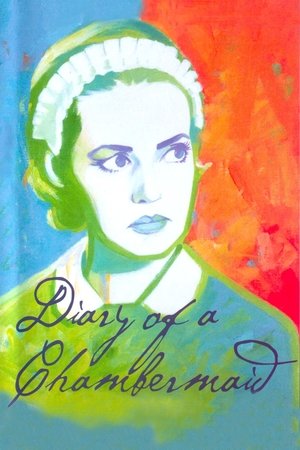 7.1
7.1Diary of a Chambermaid(fr)
Celestine has a new job as a chambermaid for the quirky M. Monteil, his wife and her father. When the father dies, Celestine decides to quit her job and leave, but when a young girl is raped and murdered, Celestine believes that the Monteils' groundskeeper, Joseph, is guilty, and stays on in order to prove it. She uses her sexuality and the promise of marriage to get Joseph to confess -- but things do not go as planned.
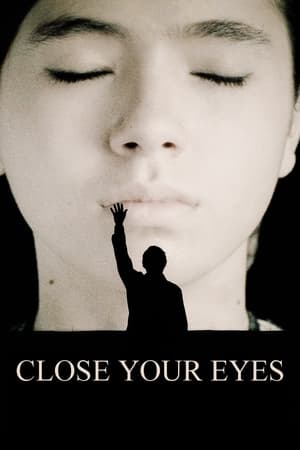 7.1
7.1Close Your Eyes(es)
Years after his mysterious disappearance, Julio Arenas, a famous Spanish actor, is back in the news thanks to a television program.
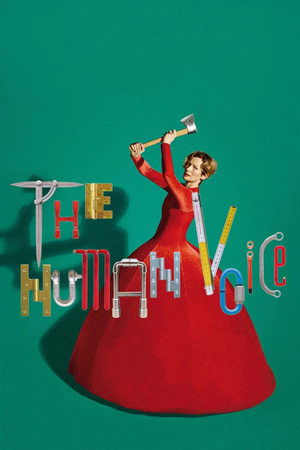 6.8
6.8The Human Voice(en)
A woman watches time pass beside the suitcases of her ex-lover (who is supposed to come pick them up but never arrives) and a restless dog who doesn't understand that his master has abandoned him.
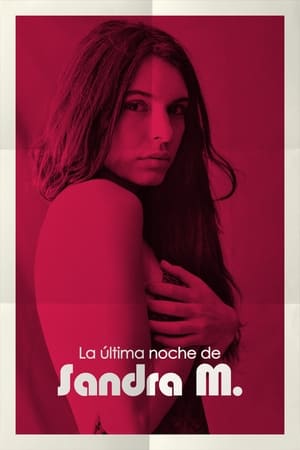 5.7
5.7The Last Night of Sandra M.(es)
Freely inspired by the life of the actress Sandra Mozarowsky, who died in 1977 when she fell from the terrace of her house in Madrid, the story will focus on the day before the accident, in which loneliness, fear and anguish in the face of a situation desperate mix with his dreams and ambitions.
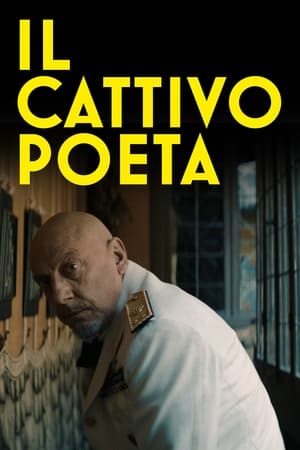 6.1
6.1The Bad Poet(it)
1936. Giovanni Comini, the youngest Federal in Fascist Italy, is summoned to Rome for a delicate mission: to surveil aging national poet Gabriele D'Annunzio, whose increasingly restless behavior Mussolini fears could damage his alliance with Nazi Germany. However, after spending time with D'Annunzio, Comini finds himself torn between loyalty to the Party and his fascination with the poet, who will put his burgeoning career at risk.
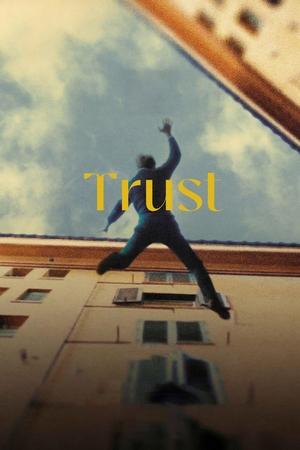 6.4
6.4Trust(it)
Pietro is a revered teacher, Teresa his brilliant and precocious student. Their affair is both illicit and tempestuous. After one fight, Teresa suggests that each tell the other a secret, one so shameful or shocking that were it to be made public, it would destroy that person’s life. Time passes, Pietro’s stature as a writer grows and his family settles into the comfort of a bourgeois life. But he is haunted by the possibility that Teresa may one day reappear and tear apart his world with the secret she knows.
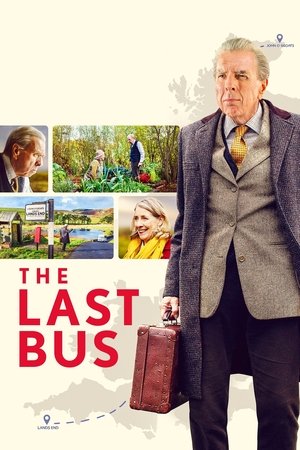 6.5
6.5The Last Bus(en)
Widower Tom, on the recent passing of his wife Mary, uses his free bus pass to travel the length of Britain from John O'Groats in Caithness to Land's End in Cornwall, their shared birthplace, using only local buses. It's an incident-fuelled nostalgia trip and his encounters with local people make him a media phenomenon. Tom is totally unaware and to his surprise on arrival at Land’s End he’s greeted as a celebrity.
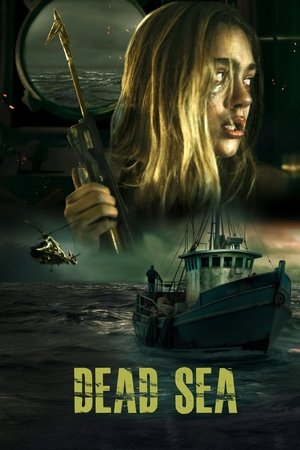 6.3
6.3Dead Sea(en)
Stranded in the open sea after a fatal accident, a young woman and her two friends are rescued by a fishing vessel's captain, unaware that the ship harbors a chilling secret.
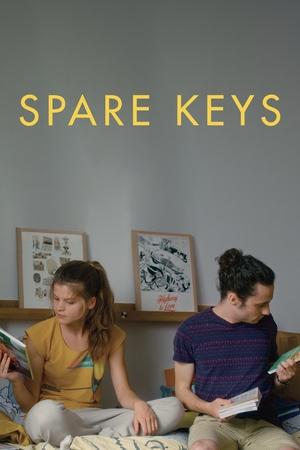 6.8
6.8Spare Keys(fr)
Nancy, East of France. Summertime. Seeking to escape her troublesome family environment, Sophie, 15, jumps at the chance to get the spare keys to her wealthy friend Jade's house. While enjoying the spacious home she thought deserted for summer, she bumps into her friend's older brother Stéphane, who, as fate would have it, was also planning on staying. But instead of chasing her out, Stéphane will choose to leave the door open as an invitation to a summer Sophie never expected.
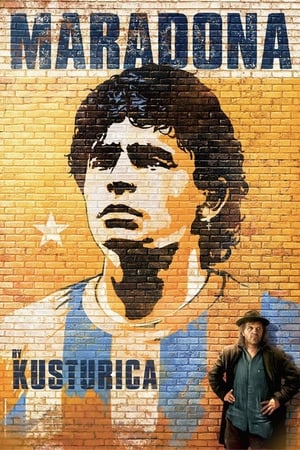 6.3
6.3Maradona by Kusturica(en)
A documentary on Argentinean soccer star Diego Maradona, regarded by many as the world's greatest modern player.
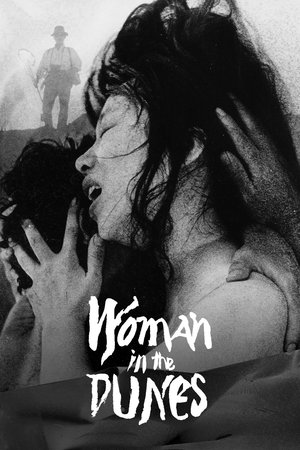 8.2
8.2Woman in the Dunes(ja)
A vacationing entomologist suffers extreme physical and psychological trauma after being taken captive by the residents of a poor seaside village and made to live with a woman whose life task is shoveling sand for them.
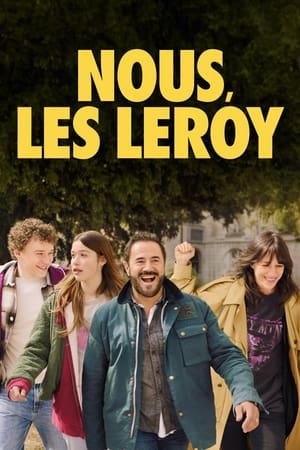 6.3
6.3Meet the Leroys(fr)
A man takes his wife and their teenage children on a road trip down memory lane while facing divorce.
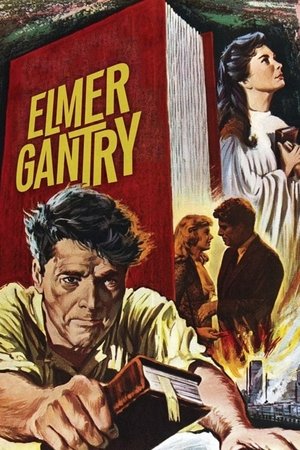 7.3
7.3Elmer Gantry(en)
A charismatic charlatan begins a business — and eventually romantic — relationship with a roadside evangelist to sell religion to 1920s America. Based on Sinclair Lewis' novel of the same name.
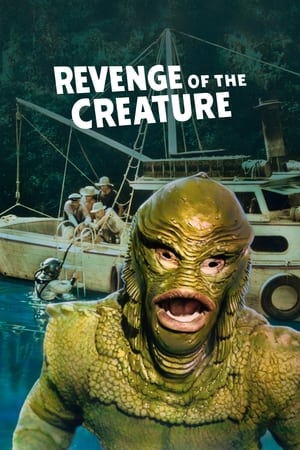 5.6
5.6Revenge of the Creature(en)
In a tributary of the Amazon, a monster – half-man, half-fish – is captured and placed in a reservoir in a Florida national park to be observed by scientists.
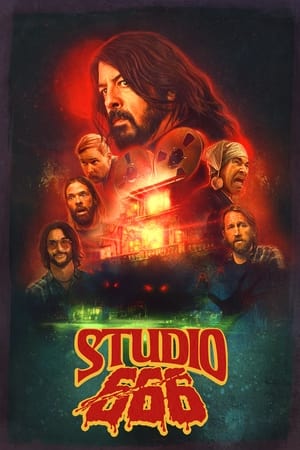 5.9
5.9Studio 666(en)
Legendary rock band Foo Fighters move into an Encino mansion steeped in grisly rock and roll history to record their much anticipated 10th album. Once in the house, Dave Grohl finds himself grappling with supernatural forces that threaten both the completion of the album and the lives of the band.
Similar Movies
Where are the African Gods?(en)
A moving recording of the late writer and renowned jazz singer Abbey Lincoln is captured in this new film from Brooklyn-born director Rodney Passé, who has previously worked with powerhouse music video director Khalil Joseph. Reading from her own works, Lincoln’s voice sets the tone for a film that explores the African American experience through fathers and their sons.
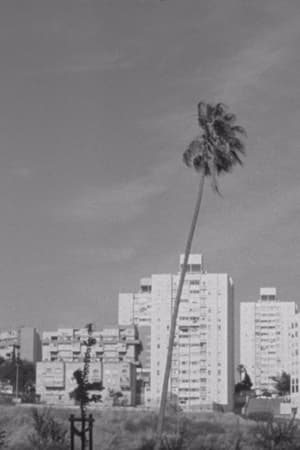 0.0
0.0Thirteen Ways of Looking at a Blackbird(pt)
Taking its title from the poem by Wallace Stevens, the film is composed of a series of attempts at looking and being looked at. Beginning as a city state commission under the name and attitude of “Unschool”, the film became a kaleidoscope of the experiences, questions and wonders of a couple of high school students after a year of experiences with filmmaker Ana Vaz questioning what cinema can be. Here, the camera becomes an instrument of inquiry, a pencil, a song.
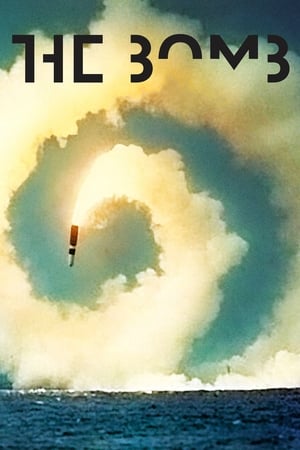 7.0
7.0The Bomb(en)
Filmmakers use archival footage and animation to explore the culture surrounding nuclear weapons, the fascination they inspire and the perverse appeal they still exert.
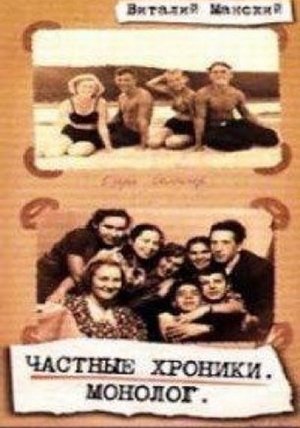 0.0
0.0Private Chronicles: Monologue(ru)
The collective life of the generation born as Jurij Gagarin became the first man in space. Vitaly Mansky has woven together a fictional biography – taken from over 5.000 hours of film material, and 20.000 still pictures made for home use. A moving document of the fictional, but nonetheless true life of the generation who grew up in this time of huge change and upheaval.
Screen Actors(en)
This short film takes a look at the off-screen personas of screen actors. Preserved by the Academy Film Archive in 2012.
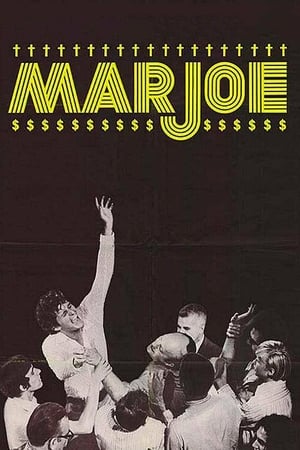 7.7
7.7Marjoe(en)
Part documentary, part expose, this film follows one-time child evangelist Marjoe Gortner on the "church tent" Revivalist circuit, commenting on the showmanship of Evangelism and "the religion business", prior to the start of "televangelism". Preserved by the Academy Film Archive in 2005.
 5.9
5.9Hackers Wanted(en)
Hackers Wanted explores the origins and nature of hackers and hacking by following the adventures of Adrian Lamo, and contrasting his story with that of controversial figures throughout history.
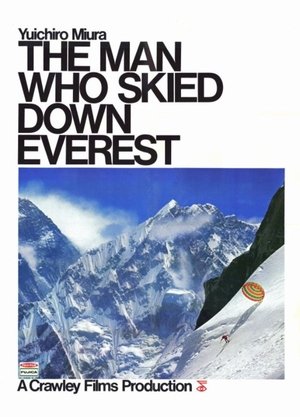 6.6
6.6The Man Who Skied Down Everest(en)
This Oscar-winning documentary tells the story behind Japanese daredevil Yuichiro Miura's 1970 effort to ski down the world's tallest mountain. Preserved by the Academy Film Archive in 2010.
 0.0
0.0The Costume Designer(en)
This short focuses on the job of the costume designer in the production of motion pictures. The costume designer must design clothing that is correct for the film historically and geographically, and must be appropriate for the mood of the individual scene. We see famed costume designer Edith Head at work on a production. The Costume Designer was part of The Industry Film Project, a twelve-part series produced by the film studios and the Academy. Each series episode was produced to inform the public on a specific facet of the motion picture industry. Preserved by the Academy Film Archive in 2012.
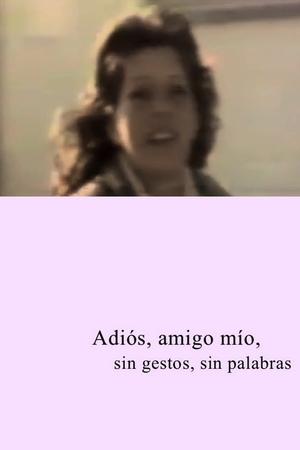 0.0
0.0Adios amigo mío, sin gestos, sin palabras(en)
The title comes from Sergei Yesenin's last poem before comiting suicide. Using Virginia Woolf's last letters as a base, this film is meditation on the power of the word and its undertsanding and the the last moments before saying "goodbye".
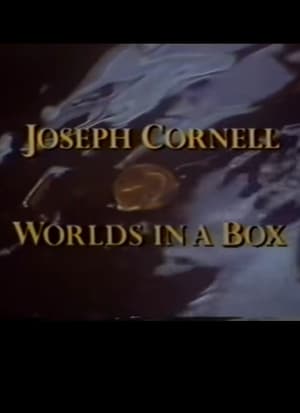 0.0
0.0Joseph Cornell: Worlds in a Box(en)
This is a 1991 documentary film about the legendary artist and filmmaker, Joseph Cornell, who made those magnificent and strange collage boxes. He was also one of our great experimental filmmakers and once apparently made Salvador Dali extremely jealous at a screening of his masterpiece, Rose Hobart. In this film we get to hear people like Susan Sontag, Stan Brakhage, and Tony Curtis talk about their friendships with the artist. It turns out that Curtis was quite a collector and he seemed to have a very deep understanding of what Cornell was doing in his work.
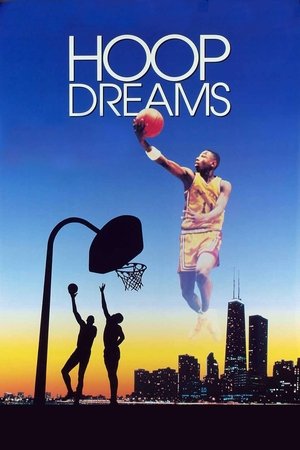 7.6
7.6Hoop Dreams(en)
Every school day, African-American teenagers William Gates and Arthur Agee travel 90 minutes each way from inner-city Chicago to St. Joseph High School in Westchester, Illinois, a predominately white suburban school well-known for the excellence of its basketball program. Gates and Agee dream of NBA stardom, and with the support of their close-knit families, they battle the social and physical obstacles that stand in their way. This acclaimed documentary was shot over the course of five years.
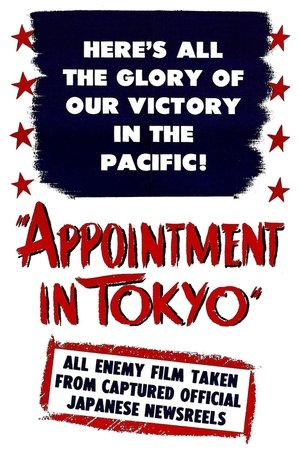 5.8
5.8Appointment in Tokyo(en)
Produced by the Army Pictorial Service, Signal Corps, with the cooperation of the Army Air Forces and the United States Navy, and released by Warner Bros. for the War Activities Committee shortly after the surrender of Japan. Follow General Douglas MacArthur and his men from their exile from the Philippines in early 1942, through the signing of the instrument of surrender on the USS Missouri on September 1, 1945. Preserved by the Academy Film Archive in 2013.
 7.8
7.8Man with a Movie Camera(ru)
A cameraman wanders around with a camera slung over his shoulder, documenting urban life with dazzling inventiveness.
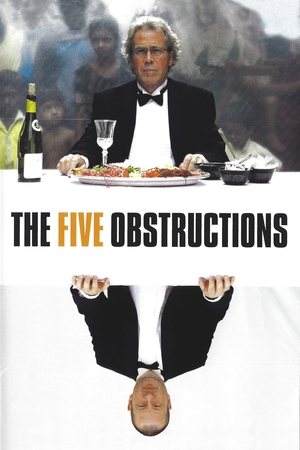 6.9
6.9The Five Obstructions(da)
Lars von Trier challenges his mentor, filmmaker Jørgen Leth, to remake Leth’s 1967 short film The Perfect Human five times, each with a different set of bizarre and challenging rules.
1/57: Experiment with Synthetic Sound (Test)(de)
Mostly dark, rejecting images which are repeated. A stone wall, the chamber of a revolver which is, at first not recognizable, a close-up of a cactus. The duration of the takes emphasises the photographic character of the pictures, simultaneously with a crackling, brutal sound. (Hans Scheugl)
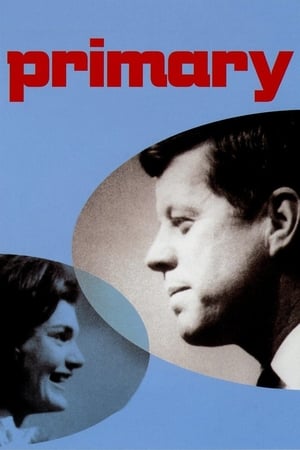 6.4
6.4Primary(en)
Primary is a documentary film about the primary elections between John F. Kennedy and Hubert Humphrey in 1960. Primary is the first documentary to use light equipment in order to follow their subjects in a more intimate filmmaking style. This unconventional way of filming created a new look for documentary films where the camera’s lens was right in the middle of what ever drama was occurring. Preserved by the Academy Film Archive in partnership with The Film Foundation in 1998.
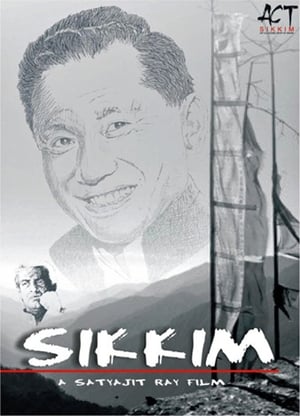 6.5
6.5Sikkim(en)
Satyajit Ray's poetic documentary was commissioned by the Chogyal (King) of Sikkim at a time when he felt the sovereignty of Sikkim was under threat from both China and India. Ray's documentary is about the sovereignty of Sikkim. The film was banned by the government of India when Sikkim merged with India in 1975. The ban was finally lifted by the Ministry of External Affairs in September 2010. Preserved by the Academy Film Archive in 2007.
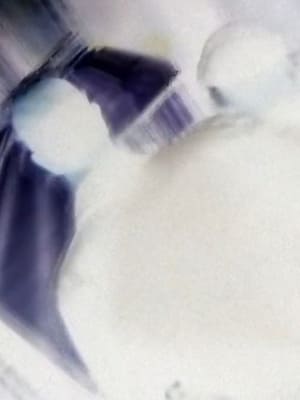 0.0
0.0Sebastian and Jonas Leaving the Party(en)
"My last image of Jonas."—Ken Jacobs
